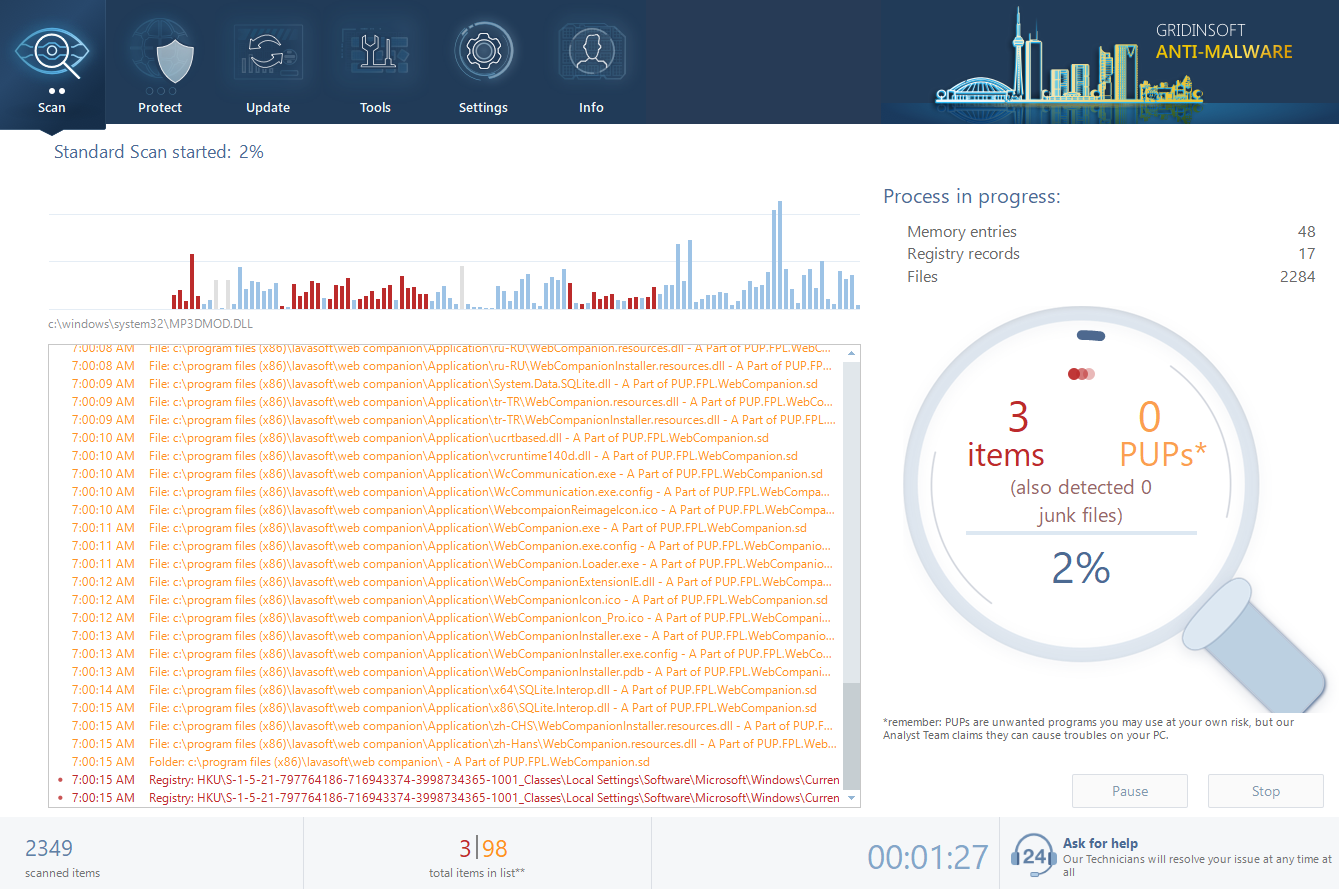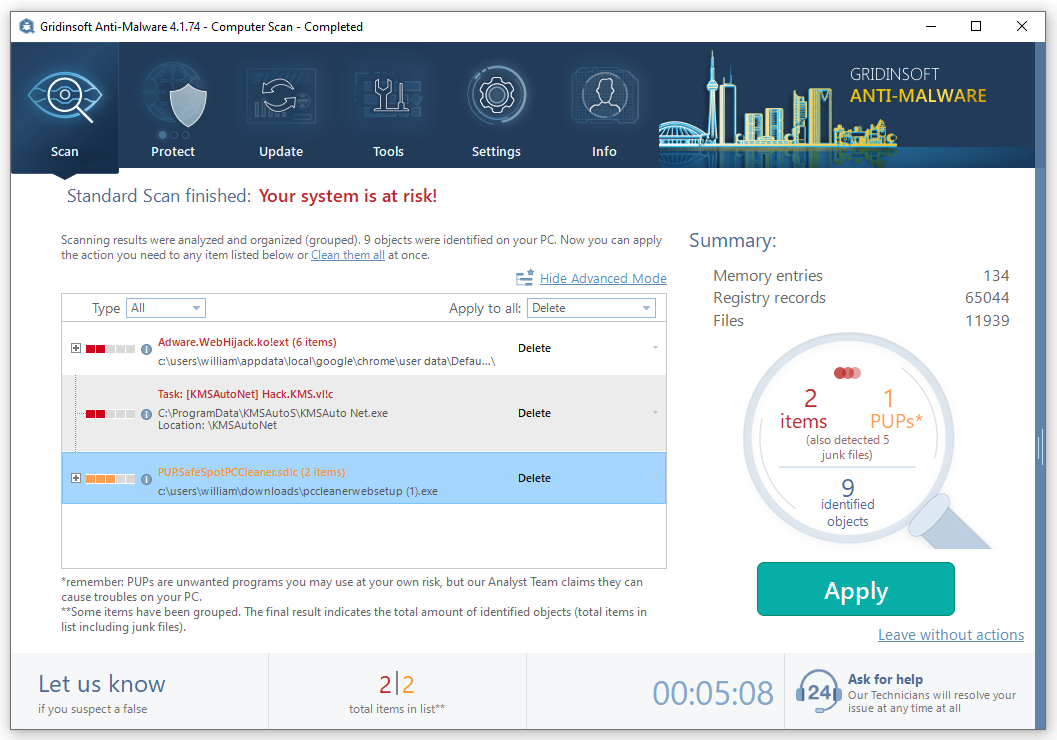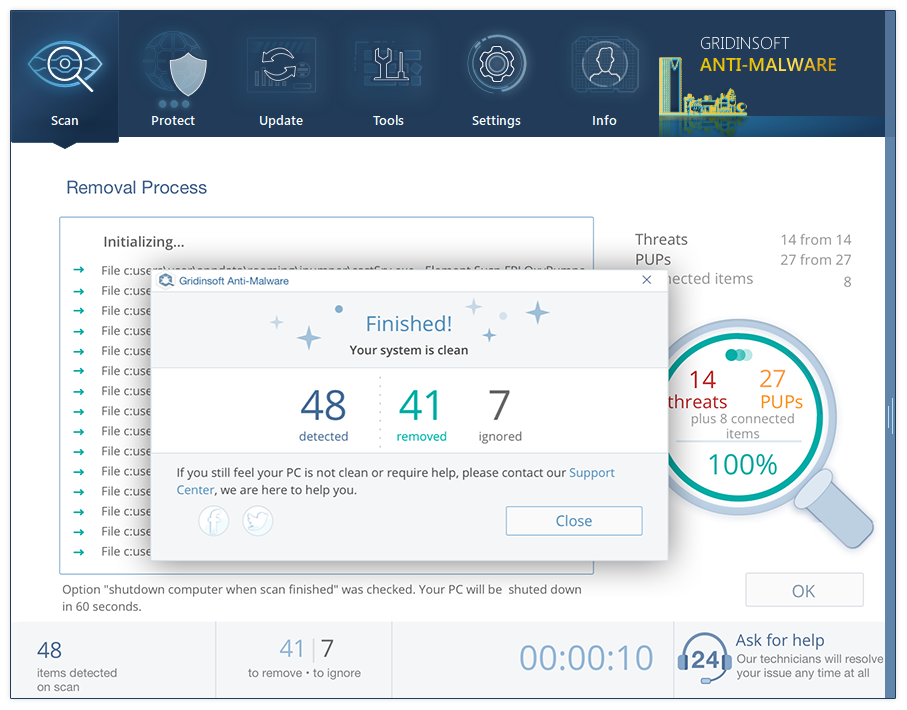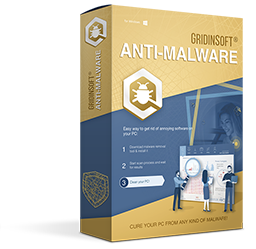The malware known as Super Mario 3 disguises itself as a video game from the popular Super Mario franchise, specifically the fan-made Super Mario 3: Mario Forever game, but it actually contains malicious components, including XMR miner and SupremeBot mining client, which aim to extract sensitive information from victims’ systems and exploit their resources for cryptocurrency mining purposes.
Super Mario 3 Malware Overview
| Name | Super Mario 3 |
| Detection | Trojan:Win32/Vigorf.A on VirusTotal |
| Damage | Exploits your hardware to mine cryptocurrencies without your permission. |
| Fix Tool | See If Your System Has Been Affected by Super Mario 3 Virus |
When users download and run the trojanized game executable, titled “Super-Mario-Bros.exe“, they unknowingly execute additional files, such as “wup.exe” and “xmr.exe,” which correspond to the XMR miner and SupremeBot. While the legitimate installation setup for the game is displayed to the user, the malware operates silently in the background.
The XMR miner, designed to mine Monero (XMR) cryptocurrency, utilizes the system’s resources by solving mathematical problems, consuming significant processing power, and potentially causing system freezes or reboots. Additionally, the SupremeBot mining client manages the mining process and downloads the Umbral stealer, a data-extraction program, onto the compromised device.
The Umbral stealer employs various techniques to avoid detection, including requesting admin privileges, terminating itself if launched on a virtual machine, adding itself to the exclusion list of Microsoft Defender, attempting to disable the Defender Antivirus, blocking access to reputable antivirus software websites, and adding itself to system startup programs.
Umbral targets a range of browsing-related data, including Internet cookies and login credentials, as well as information from messaging software, such as Discord tokens and Telegram session files. It also focuses on video game data, such as Roblox cookies and Minecraft session files, and has the ability to capture screenshots and snapshots using the device’s camera.
Infections caused by Super Mario 3 and similar malware can have severe consequences, including privacy breaches, permanent data loss, hardware damage, significant financial losses, and the risk of identity theft.
The Super Mario 3 malware targets the following web browsers:
- Google Chrome
- Microsoft Edge
- Brave
- Chromium
- Comodo
- EpicPrivacy
- Iridium
- Opera
- OperaGx
- Slimjet
- UR
- Vivaldi
- Yandex
The Super Mario 3 malware targets the following cryptocurrency wallets:
- Armory
- AtomicWallet
- Bytecoin
- Coinomi
- Electrum
- Ethereum
- Exodus
- Guarda
- Jaxx
- Zcash
Examples of Similar Malware
While investigating numerous malware samples, we have come across various types of threats, including cryptominers like RedEnergy, RDStealer, and FadeStealer. It is important to note that all forms of malicious software pose a risk to device integrity and user safety, and prompt removal of these threats upon detection is strongly advised.
How Did Malware Infiltrate My Computer?
Given that Super Mario 3 malware disguises itself as a video game, it is likely distributed through typical channels used for acquiring such content. This includes deceptive websites posing as trusted download sources, freeware and free file-hosting platforms, Peer-to-Peer sharing networks, and similar sources.
Phishing and social engineering tactics often play a significant role in the spread of malware. Malicious programs are frequently disguised as legitimate and harmless software or media. In addition to executable files, malware can be found in various formats.
Malware is also commonly distributed through stealthy drive-by downloads, pirated software and illegal cracking tools, malicious attachments and links in spam emails or messages, online scams, malvertising, and fake updates.
Furthermore, some malware can self-propagate through local networks and removable storage
devices, such as external hard drives and USB flash drives.
How to Avoid Malware Installations
To minimize the risk of malware infections, it is highly recommended to research software and download only from official and verified sources. Activation and updates of programs should be done through legitimate functions and tools, as third-party sources may contain malware.
Vigilance while browsing the internet is crucial since fraudulent and malicious content often appears genuine and harmless. Caution should be exercised when encountering suspicious or irrelevant emails and messages, avoiding opening attachments or clicking on links that may be infected.
Having reputable antivirus software installed and regularly updated is essential for system protection. Regular system scans should be conducted to detect and remove any threats or issues. If a computer is suspected to be infected, running a scan with Gridinsoft Anti-Malware is recommended to automatically eliminate any infiltrated malware.
How to remove the Super Mario 3 from my PC?
Super Mario 3 Malware is very hard to eliminate by hand. It puts its data in several places throughout the disk, and can get back itself from one of the elements. Furthermore, various modifications in the windows registry, networking configurations and Group Policies are fairly hard to discover and return to the initial. It is much better to make use of a specific program – exactly, an anti-malware tool. GridinSoft Anti-Malware will definitely fit the best for malware elimination reasons.
Why GridinSoft Anti-Malware? It is very lightweight and has its detection databases updated almost every hour. In addition, it does not have such problems and exposures as Microsoft Defender does. The combination of these details makes GridinSoft Anti-Malware suitable for eliminating malware of any form.
Remove the Super Mario 3 with GridinSoft Anti-Malware
- Download and install GridinSoft Anti-Malware. After the installation, you will be offered to perform the Standard Scan. Approve this action.
- Standard scan checks the logical disk where the system files are stored, together with the files of programs you have already installed. The scan lasts up to 6 minutes.
- When the scan is over, you may choose the action for each detected virus. For all files of Super Mario 3 the default option is “Delete”. Press “Apply” to finish the malware removal.



Frequently Asked Questions (FAQ)
Super Mario 3 Malware is a malicious software that disguises itself as a video game from the Super Mario franchise, specifically the fan-made game Super Mario 3: Mario Forever. However, it contains hidden components that can compromise the infected system.
Super Mario 3 Malware is typically spread through channels commonly used for downloading video games, such as deceptive websites, freeware and file-hosting sites, and Peer-to-Peer networks. It may also utilize social engineering tactics, such as fake endorsements or hijacked social media accounts.
Super Mario 3 Malware poses several risks to infected systems and users, including the extraction of sensitive information, abuse of system resources for cryptocurrency mining, potential permanent data loss, hardware damage due to excessive resource usage, financial losses, and the risk of identity theft.
The XMR miner component of Super Mario 3 Malware collects device data and utilizes system resources, such as CPUs and GPUs, to mine the Monero (XMR) cryptocurrency. This process puts a strain on the system, leading to potential performance issues, system freezes, and hardware overheating.
The SupremeBot mining client is another component of Super Mario 3 Malware. It is designed to manage the mining process, allocate tasks to the mining botnet, and ensure smooth and productive operation. Additionally, it downloads the Umbral stealer, which is an information-stealing program, onto the compromised device.
It is recommended to have reputable antivirus software installed and regularly updated to detect and remove Super Mario 3 Malware. Conducting regular system scans, being cautious of suspicious emails and messages, and avoiding downloads from untrustworthy sources can also help prevent infection. If a computer is suspected to be infected, running a scan with reliable anti-malware software is advised.
Users should be cautious while browsing the internet, avoid downloading software from unverified sources, activate and update programs through legitimate channels, and exercise vigilance when opening email attachments or clicking on links. It is crucial to have reliable antivirus software, conduct regular system scans, and keep all software up to date to minimize the risk of malware infections.
How to Remove Super Mario 3 Malware
Name: Super Mario 3
Description: Super Mario 3 Malware is a type of malicious software that masquerades as a video game from the Super Mario franchise, particularly the fan-made game Super Mario 3: Mario Forever. However, instead of being a harmless game, it contains hidden components that include an XMR miner and SupremeBot mining client. The malware's purpose is to extract sensitive information from infected systems and exploit their resources for cryptocurrency mining, potentially leading to privacy breaches, data loss, hardware damage, financial losses, and identity theft.
Operating System: Windows
Application Category: Malware

